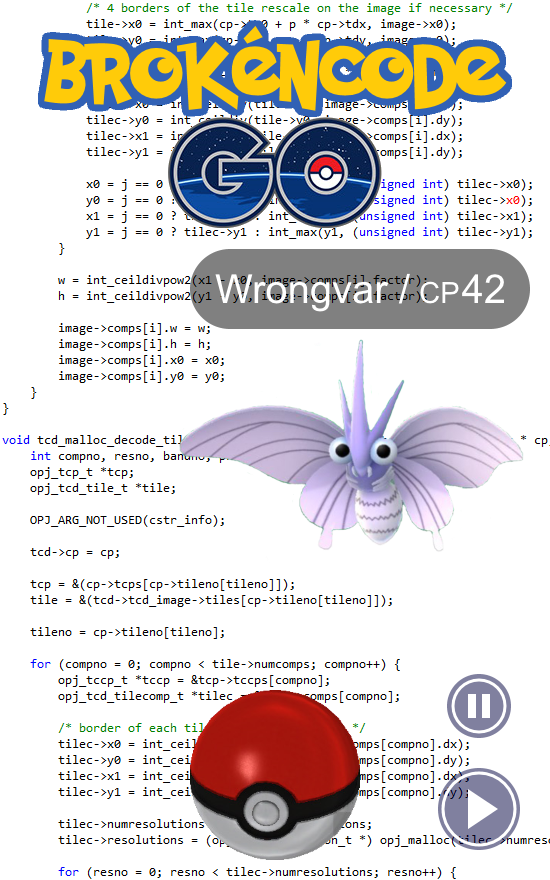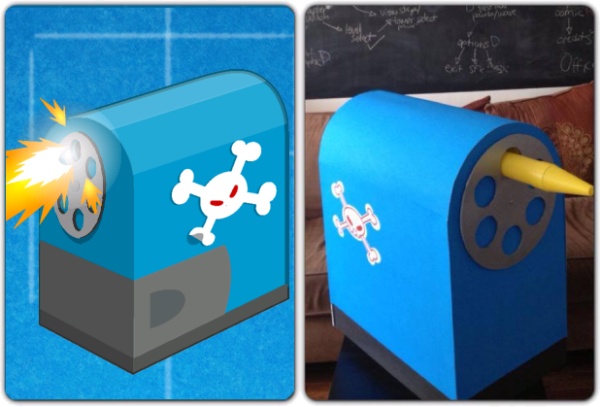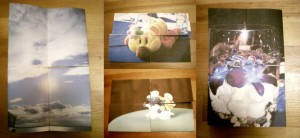Last weekend, my wife and I went with a couple of friends to a local International TableTop Day event. This particular event was put on by Games for All, who had a library of around 300 games there. It was a great opportunity for us to try some new board games for a very cheap entrance fee. We didn’t finish some of the games that we started, but it was enough to see what they were like. Here’s what we played.
Pandemic: My wife liked this one so much, she bought a copy at the event. I don’t think I’ve played many co-op, PvE (Player vs Environment) style board games before. Players try to find a cure for four diseases before their turns run out. In our first time on “easy mode”, we only needed one more turn to win. Argh.
Tsuro: (TableTop episode) This tile-based game is fairly simple and quick to play, but it works very well. Lay tiles to create a path for your dragon without sending it crashing into another one, or off the board.
Mystery Express: This was one of my least favourite games of the day. It improves on Clue by removing the tedious rolling and moving, and all objects have two cards, so you have to see two copies in a round to truly discount it, but I prefer logic puzzles without the time pressure of having to pass play to the next person.
Dominion: I also don’t think I’ve played many “deck-building” games. You use an initial hand of cards to buy new cards that give you more abilities and eventually let you purchase victory cards. During play, however, the victory cards are useless, so you have to balance your action, money, and victory cards. I definitely want to play this one again.
Monster Factory: I called this one sort of a “Carcassonne lite”. I wasn’t expecting anything very deep from the box description, and my friend didn’t like the overly random nature of the game, but it was fun building up cute pictures of monsters with tiles.
Small World: (TableTop episode) This was the only one that I had played before, so I explained it as best I could to the others, while looking things up to ensure I had them right. It’s sort of a fantasy-themed Risk with much less dice rolling. Each race also has a modifier applied to it to increase variety. I think we had “Wealthy Amazons” and “Seafaring Wizards”.
King of Tokyo: I liked this one a lot, but it helps that I won both rounds. 🙂 It has Yahtzee-esque rolling and re-rolling to get the elements you need to advance your monster career. I was the trailing player in the second game with 10 (of 20) victory points, but I got the “Complete Destruction” card that gives you 9 victory points if you roll six unique die faces. I also had the “Smoke Cloud” card good for three free re-rolls, but I didn’t need them to get it.
Smash Up: This is a “shufflebuilding” game, where you simply take decks for two “teams” (robots, pirates, ninjas, zombies, etc) and shuffle them together. You then assault “bases” with your “minions”. It has a bit less depth than Dominion, but still neat.
Balloon Cup: Since our friends had gone home by this point, my wife and I played this charming little two-player game. It looks like it’s out of print, but it appears to be getting re-released/re-themed as “Pinata”.
Bonus – Frankendie: We didn’t play this there, but we bought it there, in part to support a local game creator. (we missed his Kickstarter campaign) It’s another short fun dice game (with added reflexes required) you can play between longer games. Be the first to get all the pieces for your monster and jump start it with lightning.
At any rate, although I haven’t seen all of season one yet, I’m looking forward to season two of TableTop.



